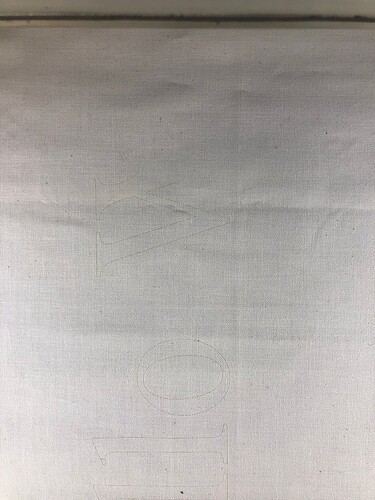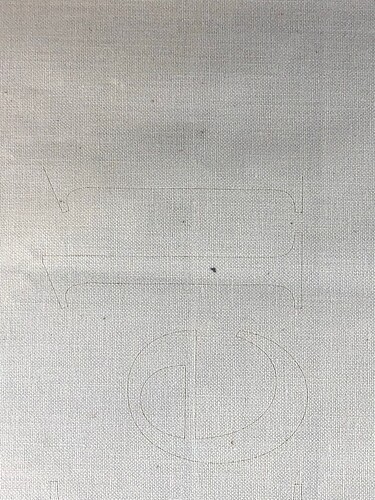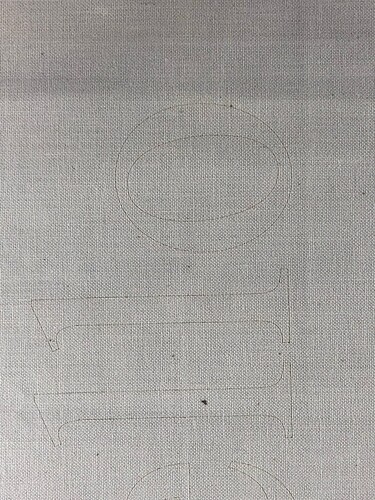The passthrough experience is definitely unique. Glowforge has done something here that I don’t think any other manufacturers have done, at least on a system that doesn’t cost as much as a house. Many lasers have a passthrough function, and very few have the capability of automating the experience.
The closest existing experience that I can think of on any other consumer-grade laser is how Lightburn handles it, (https://www.youtube.com/watch?v=n__saOKVupA) which is basically by using fiducial marks. Back in the day, many of us had access to Snapmarks, which was Glowforges implementation of fiducial marks. I believe they said that they trained their algorithm with the results of that beta test. The Lightburn method is fairly involved since it involves splicing the design in software, adding in the registration marks, and then manual alignment on the project.
Since local computing doesn’t happen on the Glowforge, I’m basically assuming that you meant, if the Glowforge software was local, how/what would the experience be?
It’s tough to say. The general processing itself doesn’t have to be in the cloud. This was a Glowforge decision. And that’s fine - I’ve never had a problem with it. Modern PC’s have more than enough power to do the normal processing of jobs. The Trotec in my shop doesn’t even pre-process jobs – it calculates everything essentially real-time (a 3-4 second buffer). By the normal processing, I mean the basic things: this is the file, this is the speed, power, focus, LPI, etc. I don’t see why the autofocus routine couldn’t be local – the Trotec has sonar autofocus and that is calculated locally.
So - saying that there’s no way to process the passthrough data locally, or at least on the same network, with the current architecture doesn’t really hold water, in my opinion - since this is hypothetical in nature anyways…
Why couldn’t it be the exact same way? One thing is that it would have been more difficult to train the algorithms. I’m not sure if those are constantly updating themselves with each passthrough job. They might be. I figure they had a ton of data from the Snapmarks program to train them initially. But, all in all, if the Glowforge established a local connection to the PC, there’s no reason that it ultimately could not function the exact same way. Right?
I get the benefits of the cloud and how it can help make things easier from a development perspective. OS doesn’t really matter, browser doesn’t matter a ton (though it can sometimes), everyone always has the latest software version, etc. But, since we’re again being hypothetical about it being local, if something really did need a supercomputer to run, you can always have an app that communicates back. This is what Adobe has done with their neural filters.



